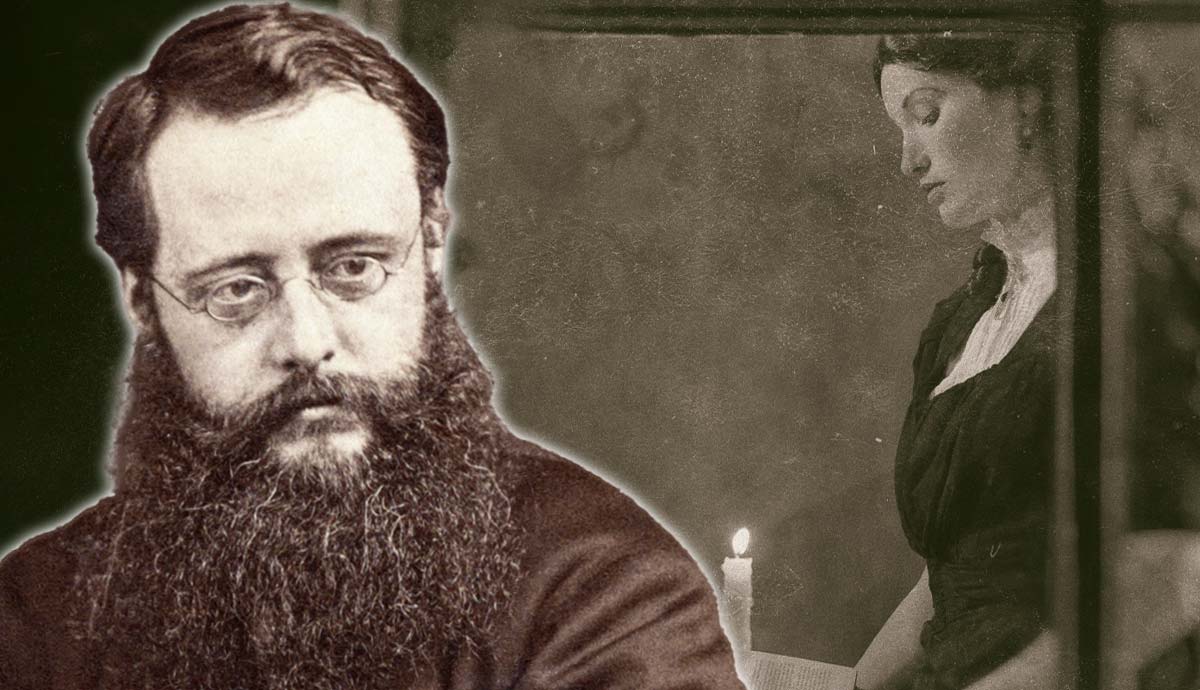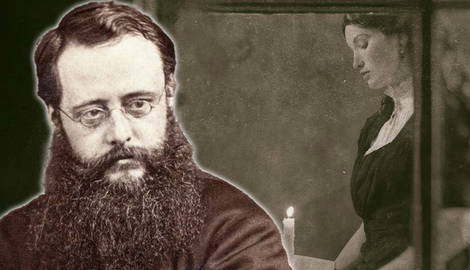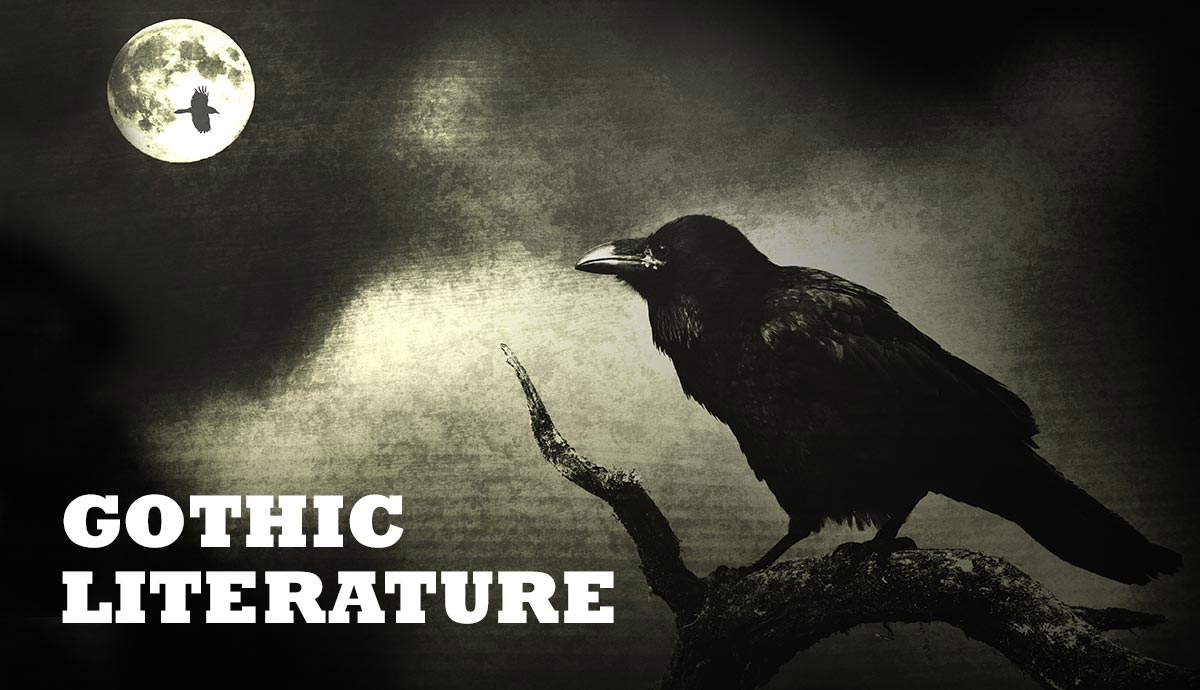
Born in 1824 to creative parents, Wilkie Collins had the benefit of a varied education. This included continental travel to Italy and France where he learnt to speak both languages fluently. However, his time spent in his home country, England, was less happy. He was forced to attend church regularly (which he hated) and was bullied at school. Although he later credited his school bully for his storytelling ability as the bully would demand Collins tell him stories each night before bed. This varied upbringing gave Collins a wide array of inspiration for his novels.
How Did Wilkie Collins Pioneer the Sensation Novel?

Sensation novels are characterized by their dealing with taboo themes and secrets which typically disrupt the norms of civilized society. The genre is fluid as social mores shift over time. However, it is generally agreed that they reached their peak in the 1860s -1880s and that Wilkie Collins was a master of the craft. Undoubtedly, his work in theatre also helped craft the melodramatic storylines of works such as The Woman in White (1860) and Armadale (1866). These works also elevated the genre by attempting to portray psychological realism to the dramatic plots and by giving voice to underrepresented groups such as the lower classes and women. The Woman in White in particular highlights the social injustices women faced at the time of writing.
What Innovative Narrative Techniques Did Wilkie Collins Use?

Collins used many narrative techniques to present his stories in their most captivating form. Again, potentially inspired by his theatrical career as well as a genuine interest in presenting an accurate portrayal of all levels of society. For example, his use of multiple narrators in The Woman in White allows the reader to question the reliability of each character as well as offering deep insight into their psyches.
Collins also used realistic dialogue, often capturing accents, slang and phonetic spellings to present the social differences among his cast of characters. Collins’s most famous work The Moonstone (1868), uses a structure familiar to fans of gothic literature: the epistolary novel. This adds suspense to the detective fiction allowing readers to piece together the clues in the various letters, diaries and other documents.
Did Wilkie Collins Use His Novels as a Social Critique?

Collins used his platform as a notable author to champion various causes he believed in. The highest profile being the treatment of women as personified by the characters of Laura Fairlie and Anne Catherick in The Woman in White, 1860. The novel demonstrated the terrible power husbands wielded over their wives, even to the point of incarcerating women for perceived ‘mental illnesses’. The novel criticized the patriarchal legal system that supported such abuses.
In other works, Collins railed against the corruption of the police and exploitation of colonial rule in India (The Moonstone, 1868); the social stigma faced by illegitimate children (No Name, 1862); and the cruelty of vivisection and the moral ethics within the medical profession (Heart and Science, 1882).
How Did Wilkie Collins Collaborate with Charles Dickens?

Collins first met Charles Dickens in 1851 when they appeared in an amateur performance of Lytton’s Not So Bad As We Seem. Their shared love of theatrics along with their joint interests in social reform seem to have cemented their friendship. As well as being personally close, often travelling together and enjoying time with each other’s families, their professional collaboration was very fruitful. As the editor of the popular literary journals Household Worlds and All the Year Round, Dickens was in a position to offer regular critique and publishing opportunities to Collins.
Two notable examples of their collaborative efforts are a controversial play based on the doomed Franklin expedition: The Frozen Deep, 1857, which they co-wrote and co-performed in; and their lively travelogue The Lazy Tour of Two Idle Apprentices, 1857.
What Is Wilkie Collins’s Legacy and Influence on Modern Literature?

The influence of Wilkie Collins can be seen today in the complex narrative structures, unreliable narrators and multiple point-of-view texts which are as popular as ever in all forms of media. More specifically, his detective character in The Moonstone, Sergeant Cuff, has often been referenced as the first modern detective in fiction. His analytical and logical approach to solving the crime provided a template for authors such as Arthur Conan Doyle to create Sherlock Holmes. The novel’s setting and plotting also inspired Agatha Christie’s ‘whodunnit’ formula.
Collins’s style is also recognizable in neo-Victorian works such as those by Sarah Waters.










